The Flap-Neck Chameleon is widely distributed in the tropics and Southern Africa. In a part of its range, such as Botswana.
It is widely distributed in Tropical and Southern Africa. It is the only endemic species in some parts of the range. Due to commercial farming and mining activities, it is becoming harder to get it in many regions.
There is a wide variety of habitat including coastal thickets, woodland, moist and dry savannah. It isn’t a species found in the high canopies of the trees.
The Flap-Neck Chameleon is one of the most popular chameleon species in the pet trade. Although captive bred individuals are available, most are wild caught and exported from various African regions, as they prohibit the export of all wildlife in their thousands. Pet stores, trade shows, internet and breeders are some of the places where most individuals can be found. Around $50-$60 is what you can expect to pay.
Flap necked chameleon diet
Provide a varied diet of live reptile food that is commercially available along with locally caught wild insects. These should be sprinkled with a good supplement before being fed to make sure they are gut loaded with calcium. It’s a good idea to feed a few insects on a daily basis. flap-necks will become very weak if they are not adequately fed. I have never encountered problems with over-feeding, as if the individual is not hungry, it simply will not feed. Care should be taken to make sure that the food is removed from the cage so that the chameleons don’t become agitated if they are subjected to insects all the time.

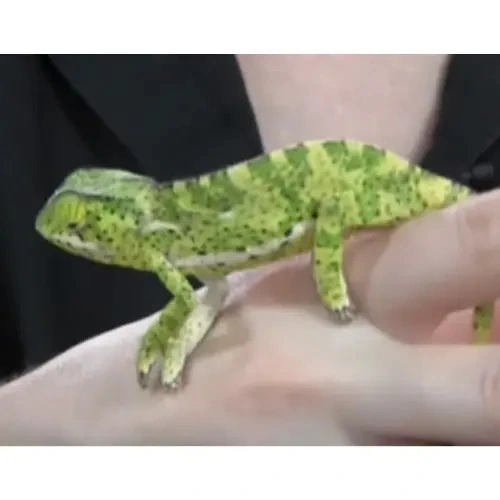
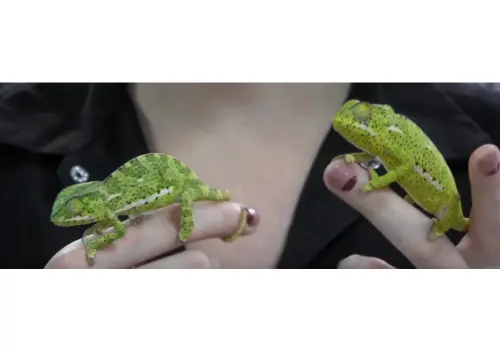






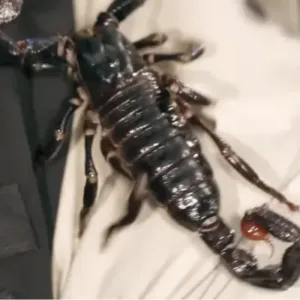
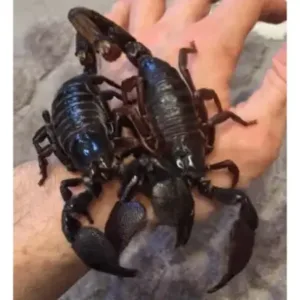
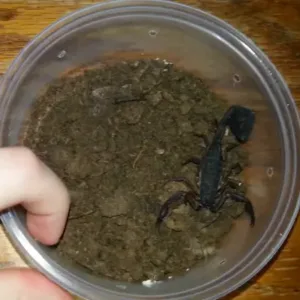
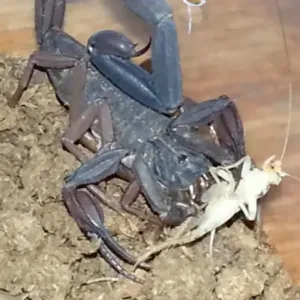
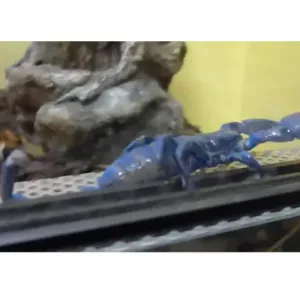

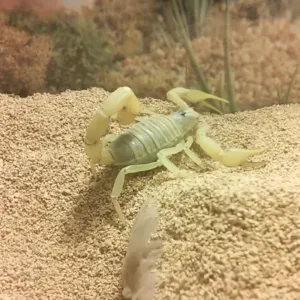

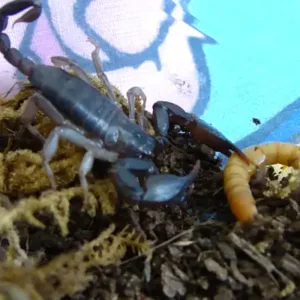

Reviews
There are no reviews yet.